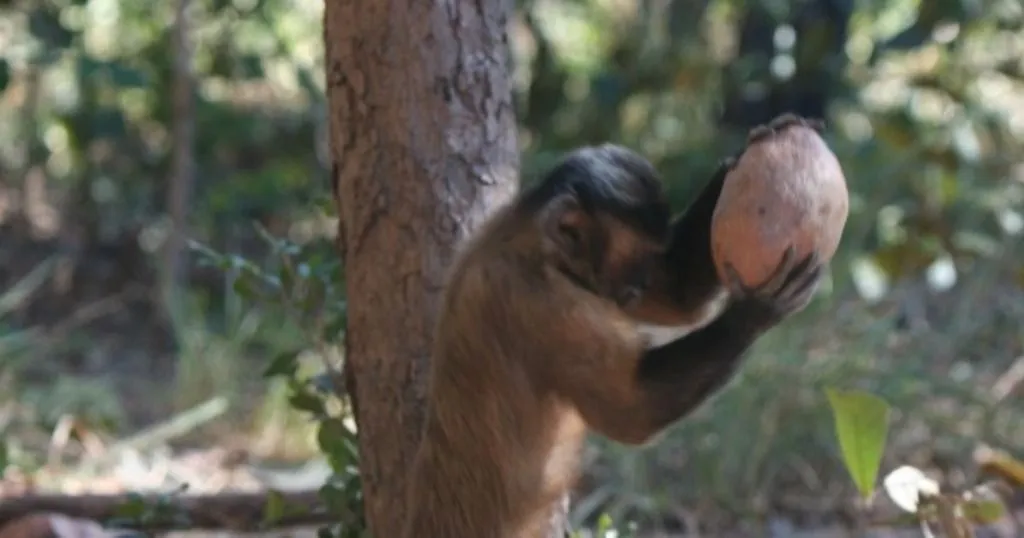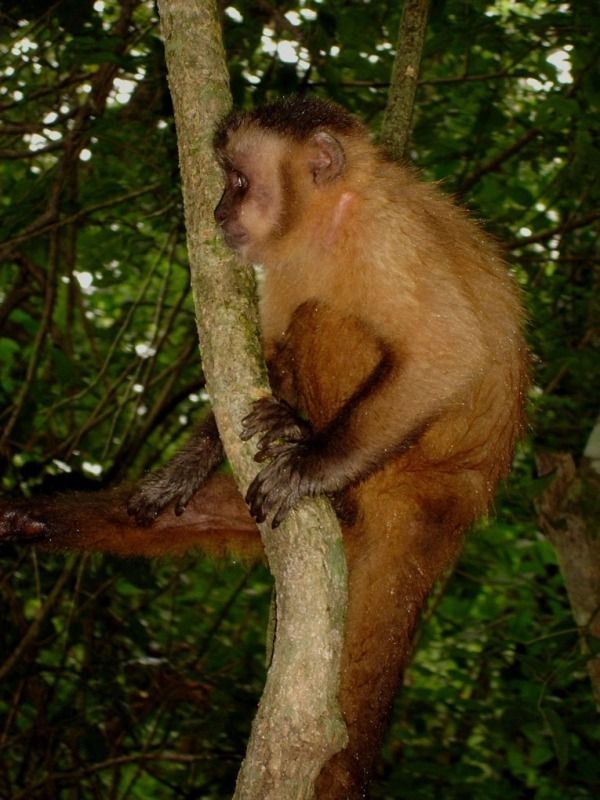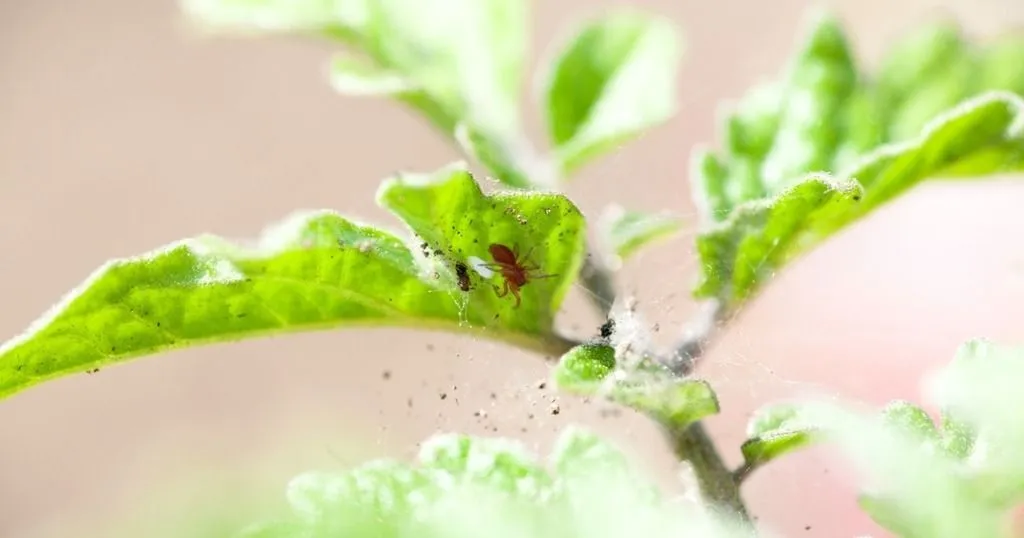Observing monkey behavior – cracking the nut
We already know some monkeys display above average intelligence. One way by which we can tell is their use of tools. Studies have shown that capuchin monkeys use boulders and logs as anvils upon which they can crush nuts.
Posted by
Published on
Tue 16 Apr. 2013
Topics
| Coding Schemes | Ethogram | Monkey | Stationary Research | The Observer XT | Video Observation |

We already know some monkeys display above average intelligence. One way by which we can tell is their use of tools. Behavioral studies have shown that capuchin monkeys use boulders and logs as anvils upon which they can crush nuts. Furthermore, these monkeys have demonstrated that they are able to identify hammer stones best for cracking, and nuts that are easy to crack.
Fragaszy et al. decided to add to this knowledge-base with their behavioral study, which was recently published as Wild Bearded Capuchin Monkeys (Sapajus libidinosus) Strategically Place Nuts in a Stable Position during Nut-Cracking.
This publication in PLOS ONE elaborates upon the detailed study of monkey behavior, specifically the placement of nuts prior to striking them. An interesting detail: they studied this same behavior in humans as well.
Strategic placement of the nut before cracking it
The researchers studied a group of wild capuchin monkeys at Fazenda Boa Vista in Brazil. They found that these monkeys have a well-defined strategy in placing the nuts on the anvil; they repetitively knock the nut on the anvil before releasing it, until it lays steady.
Next, they use short striking motions to strike the nut with a stone. To add to the challenge, the researchers provided the monkeys with piassava nuts, these are nuts that are somewhat more difficult to crack and that usually require more than one strike to open up.
To compare strategies between monkeys and men, they also incorporated an experiment with humans.
The outline of the study
This study had three parts to it. First, monkey behavior was observed for two weeks in a stationary set-up using video recordings. Their research questions included: how did the monkeys place the nuts on the anvil, did they use a particular orientation, did they get the nut to a steady position, and how did their individual behavior relate to the actual success of cracking the nuts?
Second, human behavior was studied as they positioned nuts as if they were going to crack them, while blindfolded.
In the third part of the test the researchers examined the nuts more closely to find the most stable position of each nut and compare this to how they were placed in the previous experiments.
The monkey study
The behavior of the monkeys was studied in their natural habitat in Brazil. They were provided with stones (to use as hammers) and nuts.
For each nut the meridian line was already determined by rolling it on a flat surface until it lay flat (see the study for more detail). Using The Observer XT behavioral coding software, the video tapes were analyzed in two rounds over a course of two weeks.
Scoring behaviors from video
In a first video coding round, the ethogram (coding scheme) included: the position of the nut and movement of the nut after each strike, whether or not the monkey was using one or two hands, the number of strikes at the nut, whether or not the nut was cracked, and more events.

In the second round of video coding, the manual actions performed by the monkeys before each strike were studied. Behaviors included tapping their fingers on the nuts, knocking the nut in the pit of the anvil, releasing the nut, and rotating the nut in the anvil.
The human study
A group of humans were given the same anvils. They were asked to place the nuts on the anvil, as if they were preparing to strike them open. Only in this case, the humans were blind-folded and encouraged to feel the nut and the pit in the anvil before placing the nut, to investigate haptic sensing. Their behaviors were scored using the same ethogram as in the monkey experiment.
Different tactics, same results
The behavioral observation of the monkeys showed that the placement of the nuts almost exclusively existed of knocking the nuts in the anvil (a species specific behavior) – barely any tapping, rotating, feeling the pit, or adjusting the nut in the air before placing it was recorded.
In other words, the capuchin monkeys generally banged the nut on the anvil until it was in the best cracking position. No handling of the nuts was recorded, which indicates there was no perception of contour.
Humans on the other hand, felt the nut and rotated it before placing it on the anvil, relying on haptic perception. These are two very different tactics, but both show skill and both result in successful strategic placement of the nut.
Read more
Check out the complete publication here. It has a really clear and elaborate description of the experiments and some great pictures to illustrate them.
Fragaszy, D.M.; Liu, Q.; Wright, B.W.; Allen, A.; Welch Brown, C.; Visalberghi, E. (2013). Wild bearded capuchin monkeys (sapajus libidinosus) strategically place nuts in a stable position during nut-cracking. PLOS ONE, 8 (2), e56182.
Read more about The Observer XT or about a stationary observation system for research on wild or zoo animals!
Photo courtesy: Capucin monkey with nut, Bart Wright; photo in text: Lauro Sirgado (Own work) [CC BY-SA 3.0 (http://creativecommons.org/licenses/by-sa/3.0)], via Wikimedia Commons
Related Posts

Bed bug behavior - What smell can tell

